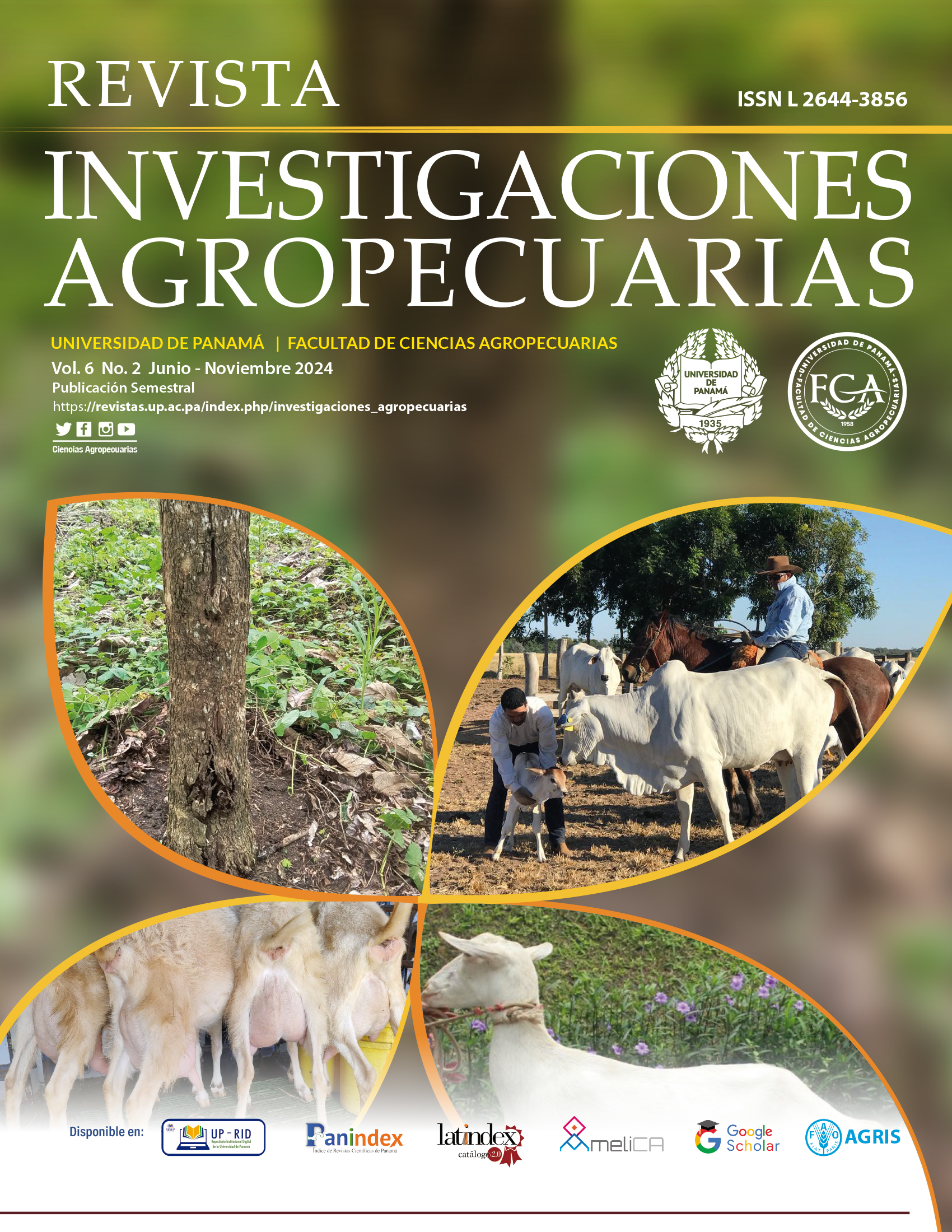
Artículos
Vol. 6 No. 2 (2024): Revista Investigaciones Agropecuarias

Copyright (c) 2024 Revista investigaciones agropecuarias

This work is licensed under a Creative Commons Attribution-NonCommercial-ShareAlike 4.0 International License.
Tactile stimulation is defined as manual or mechanical contact between two or more individuals, whether of the same or different species, being classified as positive, neutral or negative, depending on their nature. Positive interactions between humans and animals have received greater attention due to their potential to improve animal welfare. Scientific evidence indicates that positive tactile stimulation can bring short and long-term benefits for farm animals, particularly when carried out at an early age, making them more capable of facing environmental challenges, which can improve their health and performance. In addition to the benefits for animals, the adoption of tactile stimulation, among other good management practices, has the potential to reduce production losses and the risk of accidents among workers, besides making work more efficient. It is worth highlighting that this practice also offers
the opportunity to improve the image of livestock production chains and represents a valuable contribution to promoting the sustainability of the livestock sector. Therefore, everybody involved in animal production is responsible for improving human-animal interactions by implementing good handling practices.
Este obra está bajo una licencia de Creative Commons Reconocimiento-NoComercial-CompartirIgual 4.0 Internacional.
